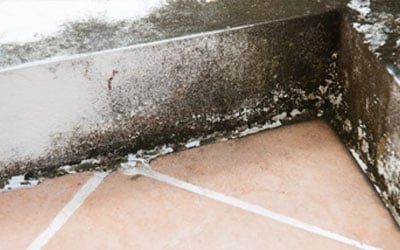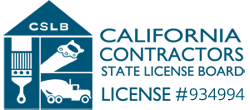
Mold can be silent troublemakers, especially in commercial spaces where they thrive unnoticed until they become significant issues. This pesky growth not only affects the aesthetic of an establishment but can also compromise air quality and health. Employees and customers spending time in mold-infested areas might experience allergies, respiratory problems, or even severe reactions. Addressing these issues promptly is vital for business owners who value their clientele’s well-being and the smooth operation of their business.
Which brings us to the significance of having professional mold remediation. Think of it as getting a reliable mechanic for your car—you’ll want someone who knows exactly what they’re doing to ensure everything runs smoothly. Mold experts can pinpoint the problem areas, tackle the mold efficiently, and guide measures to prevent future outbreaks. By understanding how mold affects your work environment, you’re taking a proactive step towards fostering a healthy and safe atmosphere for everyone involved.
Identifying Mold in Commercial Spaces
Spotting mold early can save a lot of headaches down the road. Here are some common signs and areas you should keep an eye on in your commercial building:
1. Musty Odor: Often, the first hint of mold comes from its distinct musty smell. If you walk into a room and it smells damp or earthy, it’s time to investigate further.
2. Visible Spots: Mold can appear as spots or patches in shades ranging from black to green. They often show up on walls, ceilings, or around windows and air ducts.
3. Moisture-Prone Areas: Mold loves damp places. Basements, bathrooms, and anywhere that tends to stay damp are hotspots for mold growth. Regular checks in these areas can prevent bigger issues.
4. Stained Ceilings or Walls: Discoloration can be a sign of mold hiding behind the surface. Even if you can’t see the mold directly, any changes in the material’s color should be a red flag.
Understanding where mold hides and recognizing its early signs allows you to take swift and effective action. Paying close attention to these indicators will keep you one step ahead, ensuring your commercial space remains a safe and pleasant environment for everyone. So, next time you catch a whiff of something off or notice suspicious spots, don’t ignore it—take action and reach out to professionals who can help.
Steps for Effective Mold Remediation
Taking the right steps in mold remediation is like solving a tricky puzzle. Each piece must fit perfectly to achieve lasting results. Everything starts with a thorough inspection and assessment by professionals. They know how to look beyond surface signs to understand how extensive mold growth truly is. This step creates a clear picture of what needs to be addressed and informs the strategies to be used.
Once the mold is located, it’s crucial to contain it. This means sealing off affected areas to prevent spores from spreading to other parts of the building. Picture it like setting up a barrier during a paint job to keep everything neat. Professionals use specialized equipment, such as negative air chambers, to control air pressure and remain on top of mold particles.
Next comes the removal and cleaning phase. This involves safely taking away mold-infested materials—be it drywall, carpet, or ceiling tiles—that can’t be salvaged. Experts also clean and sanitize the area with potent solutions, eliminating mold traces and reducing the risk of new growth.
After removal, drying and dehumidifying the area is critical. Mold loves moist environments, so keeping things dry is the best way to ensure it doesn’t return. Powerful fans and dehumidifiers make sure the space remains dry and less inviting for mold.
Preventative Measures for Commercial Buildings
Keeping mold at bay involves a mix of smart strategies and regular upkeep. Here’s how commercial spaces can stay ahead of mold:
– Moisture Control: Since mold thrives on moisture, reducing humidity levels is key. Use dehumidifiers, especially in muggy areas, and ensure there are no leaks or standing water. Ventilation can also help—consider installing exhaust fans in areas prone to dampness.
– Regular Inspections: Routine checks can highlight potential problem areas before they worsen. Walk around the building regularly, taking a closer look at basements, HVAC systems, and plumbing for any signs of mold or water leaks.
– Employee Education: Inform staff about the importance of mold prevention. Encourage them to report any unusual musty smells or visible spots. By involving everyone, you’re creating a proactive environment where issues get spotted early.
Keeping Your Commercial Space Mold-Free
Addressing mold effectively keeps the work environment safe and pleasant. Prompt action reduces health risks and prevents costly damage from spiraling out of control. When mold remediation is handled correctly, everyone benefits from clean air and a healthy space.
Remember, when it comes to mold, swift and informed measures make all the difference. Partnering with seasoned experts who understand the intricacies of mold growth in commercial settings ensures a safer, healthier environment for everyone, supporting a thriving workspace in Orange County.
For a worry-free work environment and peace of mind, ensure that your commercial space is free from mold-related challenges. Trust Restoration Masters to guide you through effective strategies and solutions. Explore more about how mold remediation in Orange County can benefit your business by maintaining a healthier atmosphere. Reach out to us today to see how our expertise can support your efforts in keeping your space safe and clean.





